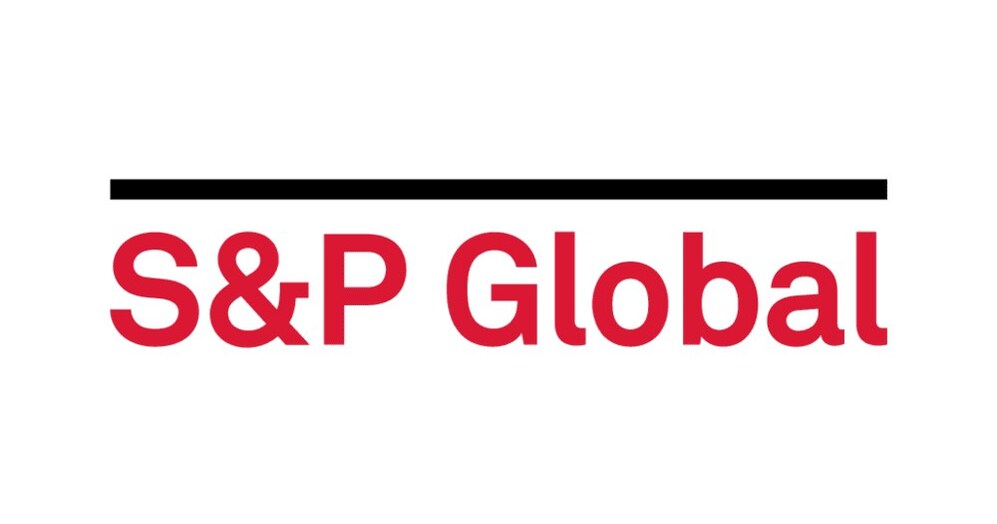- New Model Context Protocol (MCP) Server integrations with Amazon Quick Suite enable seamless access to S&P Global data
- Partnership expands the reach of S&P Global’s trusted market, financial and energy intelligence across the AI ecosystem
NEW YORK, Dec. 1, 2025 /PRNewswire/ — S&P Global (NYSE: SPGI) today announced new integrations with Amazon Web Services (AWS) to enable customers to use AI agents to ask complex market, financial, and energy-related questions and receive reliable answers from S&P Global directly within their AWS environments. S&P Global’s trusted data is now available through two new Model Context Protocol (MCP) server integrations with Amazon Quick Suite.
Through these integrations, customers of S&P Global and AWS can now combine S&P Global’s data with their own enterprise information and AI workflows, unlocking real-time insights and transforming decision-making through S&P Global MCP servers in Amazon Quick Suite. S&P Global Market Intelligence provides a range of financial datasets, including Capital IQ Financials and earnings call transcripts, through the S&P Global MCP for the Kensho LLM-ready API. S&P Global Energy’s trusted commodity and energy market news, insights and research are delivered via the S&P Global AI Ready Data MCP Server.
“We are excited to collaborate with AWS to bring S&P Global’s data to customers through the next generation of agentic AI experiences,” said Bhavesh Dayalji, Chief AI Officer of S&P Global and CEO of Kensho. “Our goal is to ensure customers can access our trusted data wherever their workflows take place, whether through cloud platforms, LLMs, or AI agents, enabling greater flexibility and innovation across industries.”
“Bringing S&P Global’s data to Amazon Quick Suite enables financial professionals to harness the power of agentic AI and trusted market, financial, and energy intelligence directly in their workflows,” said Scott Mullins, Managing Director of Worldwide Financial Services at AWS. “This integration reflects our shared vision to deliver access to financial intelligence through advanced AI capabilities, together with the security, resiliency, and reliability required when working with mission-critical data and AI-driven insights.”
These integrations expand the reach of S&P Global across the growing ecosystem of generative and agentic AI solutions and underscore S&P Global’s ongoing commitment to meeting customers wherever they work. S&P Global’s solutions and integrations create value for customers across the full spectrum of GenAI needs, from boosting the performance of large language models with S&P Global’s trusted data to enabling more efficient workflows across applications.
Media Contacts:
Orla O’Brien
S&P Global
+1 857-407-8559
[email protected]
Madeline McSherry
Kensho
[email protected]
About S&P Global
S&P Global (NYSE: SPGI) enables businesses, governments, and individuals with trusted data, expertise and technology to make decisions with conviction. We are Advancing Essential Intelligence through world-leading benchmarks, data, and insights that customers need in order to plan confidently, act decisively, and thrive economically in a rapidly changing global landscape.
From helping our customers assess new investments across the capital and commodities markets to guiding them through the energy expansion, acceleration of artificial intelligence, and evolution of public and private markets, we enable the world’s leading organizations to unlock opportunities, solve challenges, and plan for tomorrow – today. Learn more at www.spglobal.com.
Learn more about Artificial Intelligence at S&P Global: https://www.spglobal.com/en/research-insights/market-insights/artificial-intelligence
About Kensho
Kensho is S&P Global’s hub for AI innovation and transformation. Acquired in 2018, our vision is to help S&P Global leverage cutting-edge tech to become the world’s most trusted and innovative data, benchmarks, and ratings company. Kensho develops powerful AI capabilities that underlie S&P Global offerings, enable innovation across the enterprise, and add value for customers. The Kensho LLM-ready API seamlessly integrates a set of complex, high-priority S&P Global datasets into Generative AI models, enabling customers to accurately and effectively retrieve a set of S&P Global’s trusted data via any GenAI application.
SOURCE S&P Global
